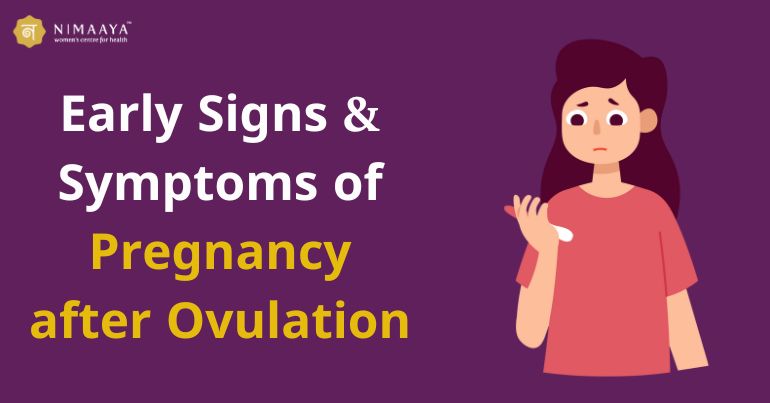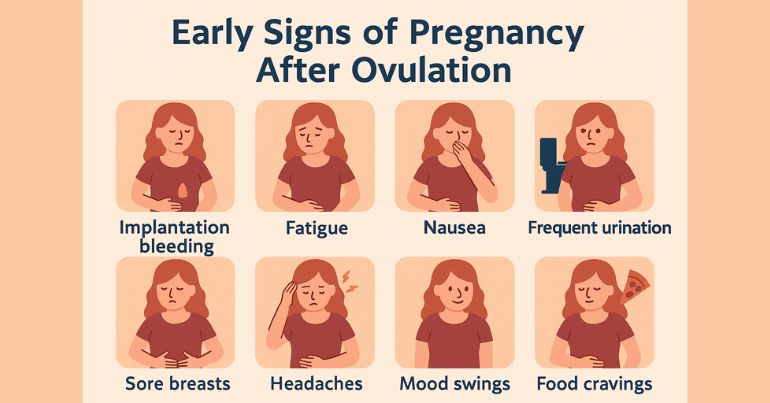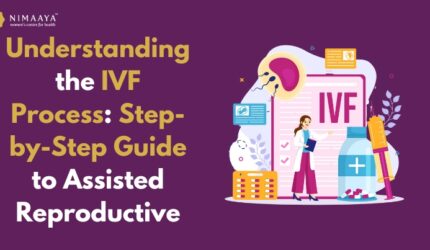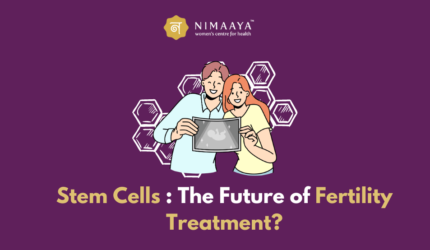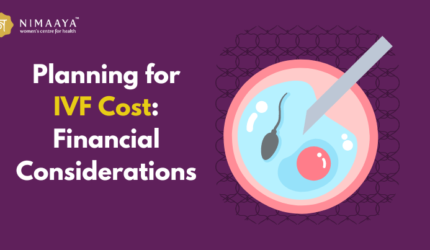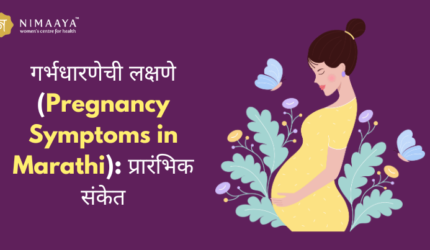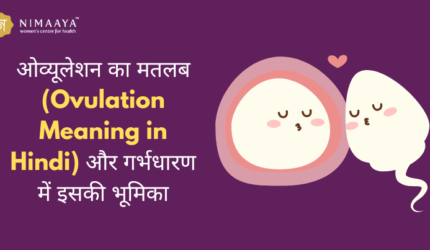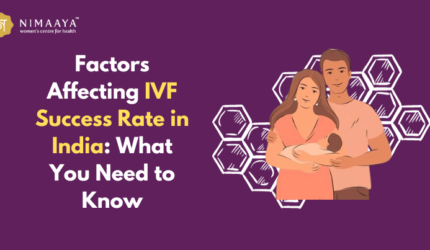Being able to understand the body’s signals aplenty after ovulation during conception must be of prime importance. Every little twinge, cramp, or mood change sparks a glimmer of hope in a woman trying to conceive. But what exactly are the early signs of pregnancy after ovulation? Many of the signs are very much similar to premenstrual syndrome (PMS) symptoms, but some differentiating signs and symptoms can give you a remote clue.
This exhaustive guide explains how pregnancy starts, the early symptoms of pregnancy that appear after ovulation (and hence, in the days past the ovulation period), and what you could have been trying to understand all along in an effort to understand what your body may be implying.
Understanding the Ovulation and Post-Ovulation Phases
Before a thorough dive into the symptoms, it’d be rather wise to support comprehension regarding what happens at and after ovulation.
Recap of Ovulation
Ovulation is the release of an egg from an ovary around day 14 of an average 28-day menstrual cycle. Post-ovulation, the egg moves down the fallopian tube, seeking sperm for fertilization.
Luteal Phase
Simply put, the luteal phase is the time between ovulation and the start of your period, around 12-14 days. With fertilization, implantation of the embryo into the uterine wall occurs in this phase, and pregnancy begins. It is in this phase that pregnancy symptoms would start showing.
Early Pregnancy Symptoms After Ovulation (1-14 DPO)
Following is an example of sensations that you might experience if you are indeed getting pregnant each day after ovulation.
1–3 DPO: Too Early to Start Feeling Anything
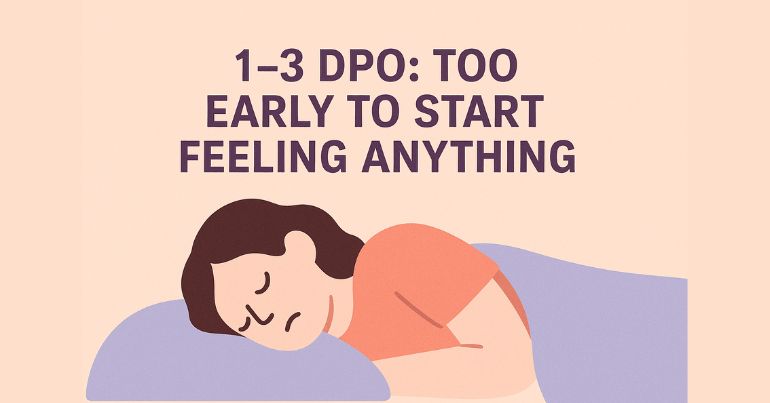
At this point:
- The egg might have been fertilized within 12 to 24 hours from ovulation.
- Implantation has not yet taken place.
- You won’t experience any pregnancy-specific symptoms.
But if you’re having any ovulation-related ones, such as mild cramps or increased cervical mucus, then those might linger.
Although it is very much early to witness changes, subtle ones may have begun:
- Tiredness: Hormonal changes, and especially rising progesterone, may cause drowsiness.
- Bloating: Slower digestion owing to progesterone may give a gassy/bloating feeling.
- Mood Changes: Fluctuating moods that could resemble PMS may be there.
Fertilization usually occurs within 24 hours after ovulation, and the zygote begins to divide and make its way to the uterus.
7–10 DPO: The Window for Implantation

It is the period when implantation may occur—the period when the fertilized egg attaches to the uterine lining.
Possible Implantation Symptoms:
- Light Spotting: The spotting is commonly light and lasts for a short period of 1–2 days and may be pink or brown in color.
- Mild Cramping: There may be light twinges or cramps in the lower abdomen.
- Lower Back Ache: A dull ache in the lower back does occur in some women due to uterine changes.
More Symptoms:
- Breast Tenderness: From hormonal surges, breasts may feel fuller or sore.
- Nausea: Not so common this early, though possible with hCG levels rising.
- Cervical Mucus Changes: Cervical mucus may become creamy and increase in quantity.
- Temperature Dip or Rise: A small dip in basal body temperature around implantation may be noticed by those charting.
11–14 DPO: Early Pregnancy Hormones Kick In
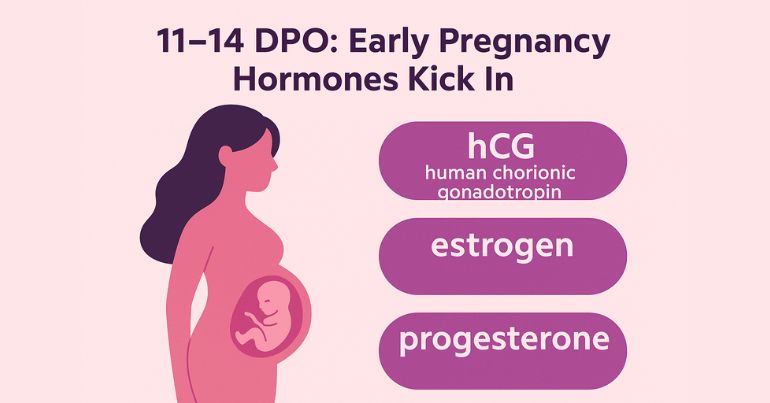
If the embryo implants successfully, your body begins producing human chorionic gonadotropin (hCG), the pregnancy hormone.
Common Symptoms at This Stage
- Missed Period (14 DPO and beyond)
- One of the most reliable early signs. If your period is late, it’s time to test.
- Increased Fatigue
- Due to high progesterone and the body’s increased energy needs to support the embryo.
- Frequent Urination
- Early in pregnancy, increased blood flow to the kidneys and hormonal changes can lead to more frequent urination.
- Heightened Sense of Smell
- Some women notice a new sensitivity to odors, which may cause nausea.
- Food Cravings or Aversions
- Unusual cravings or strong aversions, often accompanied by changes in taste preferences.
- Headaches or Dizziness
- Caused by hormonal shifts and increased blood flow.
- Mood Changes
- Emotional ups and downs due to hormonal surges.
- Mild Abdominal Pressure or Fullness
- The uterus may start preparing to support a pregnancy, causing sensations of pressure.
Comparing PMS and Pregnancy Symptoms
Many early pregnancy symptoms mirror PMS. Here’s how to differentiate:
| Symptom | PMS | Pregnancy |
| Breast Tenderness | Common, resolves with period | Often persists and intensifies |
| Cramping | Usually before and during period | Light, intermittent, earlier onset |
| Spotting | May occur Spotting before period | Lighter, pink/brown, brief (implantation) |
| Fatigue | Common | Can be extreme, continues after missed period |
| Food Cravings | Common | Often with aversions and stronger preferences |
| Mood Swings | Common | Heightened, possibly more intense |
When to Take a Pregnancy Test
The most accurate time to test is:
- 14 days past ovulation (DPO) or later
- After a missed period
Some sensitive early detection tests can detect hCG as early as 8–10 DPO, but false negatives are more likely if testing too soon.
Less Common but Noteworthy Symptoms
Some women report less typical early signs:
1. Metallic Taste
Described as a coin-like or sour taste, possibly due to hormonal changes.
2. Nasal Congestion
Increased blood flow and hormonal effects can swell nasal passages.
3. Skin Changes
Acne, increased oiliness, or darkening of the nipples (areolas) may occur.
4. Vivid Dreams
Some women report unusually vivid or emotional dreams.
5. Lightheadedness
Due to expanding blood volume and vascular changes.
Charting Symptoms After Ovulation
Women trying to conceive often use basal body temperature (BBT) tracking and symptom charting. While not definitive, patterns like:
- A sustained rise in BBT
- Increase in cervical mucus
- Continued fatigue or nausea
…can offer supportive evidence before testing.
What Affects Early Symptoms?
Not all women experience early pregnancy symptoms. Factors include:
- Sensitivity to hormonal changes
- Previous pregnancies (symptoms may appear earlier or differ)
- Implantation timing
- Individual body chemistry
False Pregnancy Symptoms
Sometimes, the desire to be pregnant can cause psychosomatic symptoms known as a phantom pregnancy or pseudocyesis. These symptoms can mimic real pregnancy due to the placebo effect of hope or anxiety.
Also, some medications (especially fertility drugs) can cause symptoms that mimic early pregnancy, such as bloating, breast tenderness, and mood changes.
Summary: Common Pregnancy Symptoms After Ovulation by Day
| Days Past Ovulation (DPO) | Possible Symptoms |
| 1–3 DPO | None or ovulation-related symptoms |
| 4–6 DPO | Fatigue, mood swings, bloating |
| 7–10 DPO | Implantation bleeding, cramps, nausea, breast tenderness |
| 11–14 DPO | Missed period, increased urination, heightened sense of smell, fatigue, cravings |
When to See a Doctor
If you:
- Miss your period and have symptoms
- Receive a positive test and want to confirm with a blood test or ultrasound
- Experience heavy bleeding, severe cramps, or unusual discharge
contact a healthcare provider immediately.
Conclusion: Nimaaya IVF Center – Your Trusted Partner in Fertility
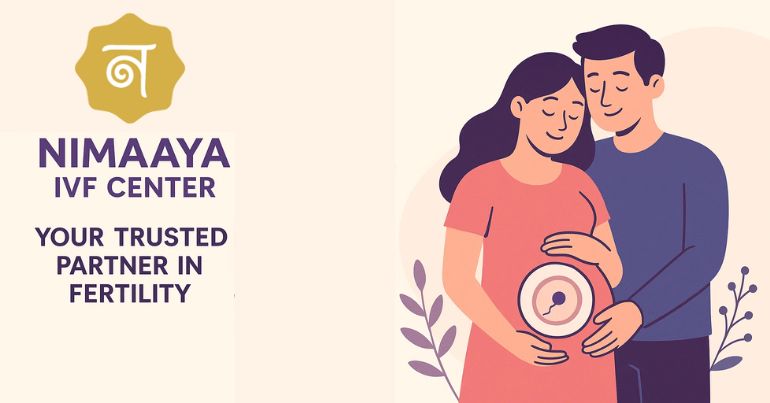
While early pregnancy symptoms can vary greatly among women, understanding your body’s post-ovulation signs can offer insight into the possibility of conception. However, the most reliable way to confirm pregnancy remains a timely and accurate test, followed by consultation with medical professionals.
If you are trying to conceive and have questions about ovulation, fertility treatments, or early signs of pregnancy, consider consulting experts like Nimaaya IVF Center. With a reputation for excellence in reproductive care, Nimaaya IVF provides personalized support, state-of-the-art treatments, and compassionate guidance every step of the way. Whether you’re just beginning your fertility journey or exploring advanced assisted reproductive technologies, Nimaaya’s experienced team is here to help you realize your dream of parenthood.
FAQ
Can early pregnancy symptoms be confused with PMS?
Yes, many symptoms like bloating, breast tenderness, and mood swings are similar. However, symptoms that persist beyond your expected period date or become unusually intense may suggest pregnancy.
Are cramps after ovulation a sign of pregnancy?
Mild cramping around 6–10 DPO could be due to implantation. However, similar cramps also occur during PMS, so they are not a reliable sign on their own.
How does cervical mucus change in early pregnancy?
After ovulation, cervical mucus typically dries up unless pregnancy occurs. If you’re pregnant, it may remain thick, white, and creamy due to rising progesterone.

